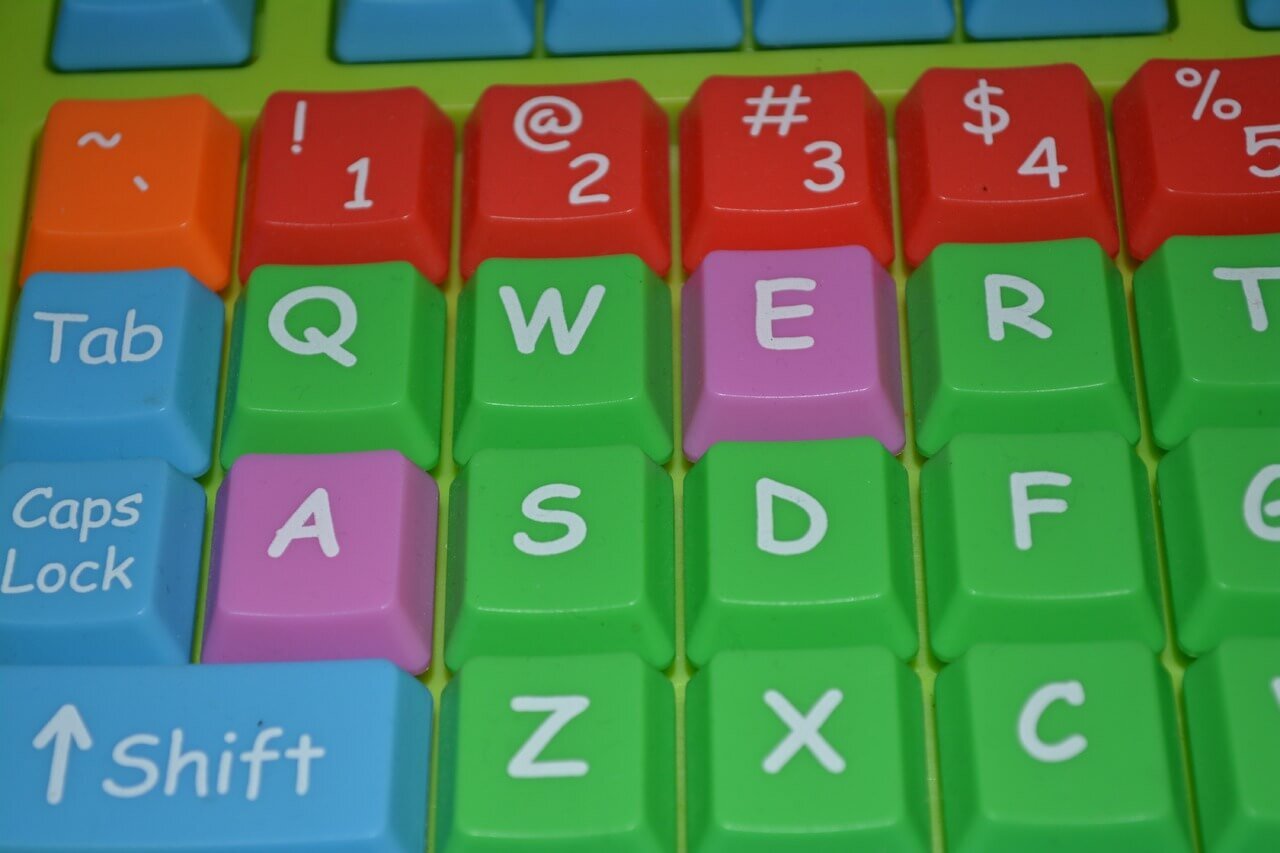Dyslexia and dysgraphia must be considered hand-in-hand when understanding the difficulty some students have learning to read and write correctly.
Learning disorders have been a historical obstacle to the quality of educational experience for millions of people. Today we know more about these cognitive disorders. Technology has led us to betterments using computers and electronic devices to complement notebooks and pencils; however, problems such as dyslexia and dysgraphia have not disappeared; instead, they have arrived in another context.
For explanatory purposes, dyslexia refers to a disorder of identifying sounds and their relationship to letters. In the absence of that connection, reading is complicated. Dysgraphia, on the other hand, is a writing disorder that complicates the motor exercise of handwriting or distinguishing the shapes of letters when reading or writing.
When identifying a person as dyslexic or dysgraphic, it is necessary to understand that these learning obstacles are entirely detached from the students’ level of intelligence or IQ. So, how are these disabilities understood in an educational context where much more is typed than handwritten?
Dyslexia and keyboard
The use of notebooks, pencils, and pens has significantly declined in education, especially now that distance learning has become the primary axis of support for didactic continuity in times of pandemic. We would think that this could play against dyslexic or dysgraphic students who are learning reading and writing because they do not perform handwriting activities as often. However, intelligent keyboard use can make an enormous difference in their didactic process.
The keyboard helps students visualize the order of the letters when they have trouble associating them with a phoneme and develops the digital muscle memory that allows them to form the cognitive structure to process writing, reading, understanding, and communication properly.
Typing courses on the computer offer support resources such as digital keyboards with more legible letters and colors associating different keyboard sections plus sounds that correlate with letters and words.
One possible type of dyslexia that hinders a student from the optimal use of the keyboard falls into a particular class of disorder called dystypia. A keyboard and applications are specifically designed to improve the student’s writing, expression, and reading abilities.
Grammar review and text prediction technology have been instrumental in completing words at the time of writing. Most support resources for people with dyslexia and dysgraphia derive from these functions.
Do you have students with dyslexia or dysgraphia? Have you had these problems during your student life? What has been your experience? What resources have you used to overcome the difficulties imposed by this cognitive condition? Do you think technology has made learning easier for students with these disabilities?
Translation by Daniel Wetta.
This article from Observatory of the Institute for the Future of Education may be shared under the terms of the license CC BY-NC-SA 4.0 
)
)


)